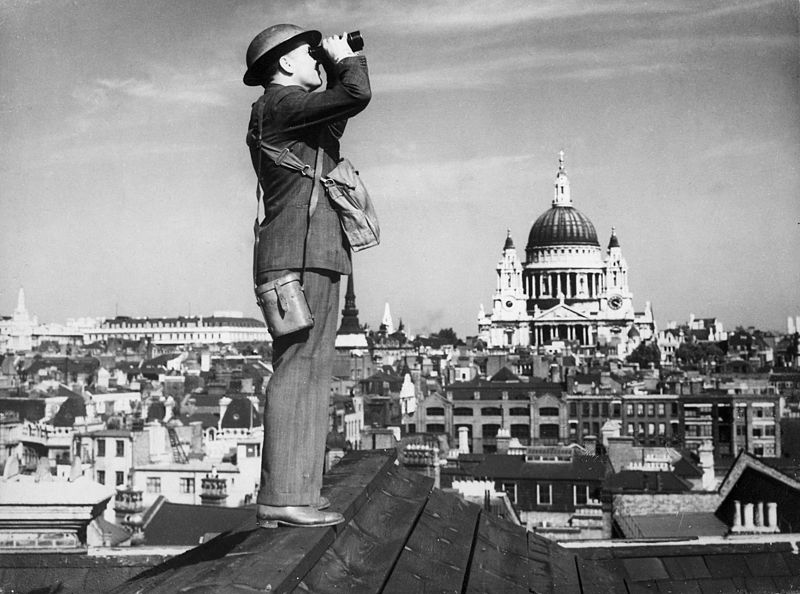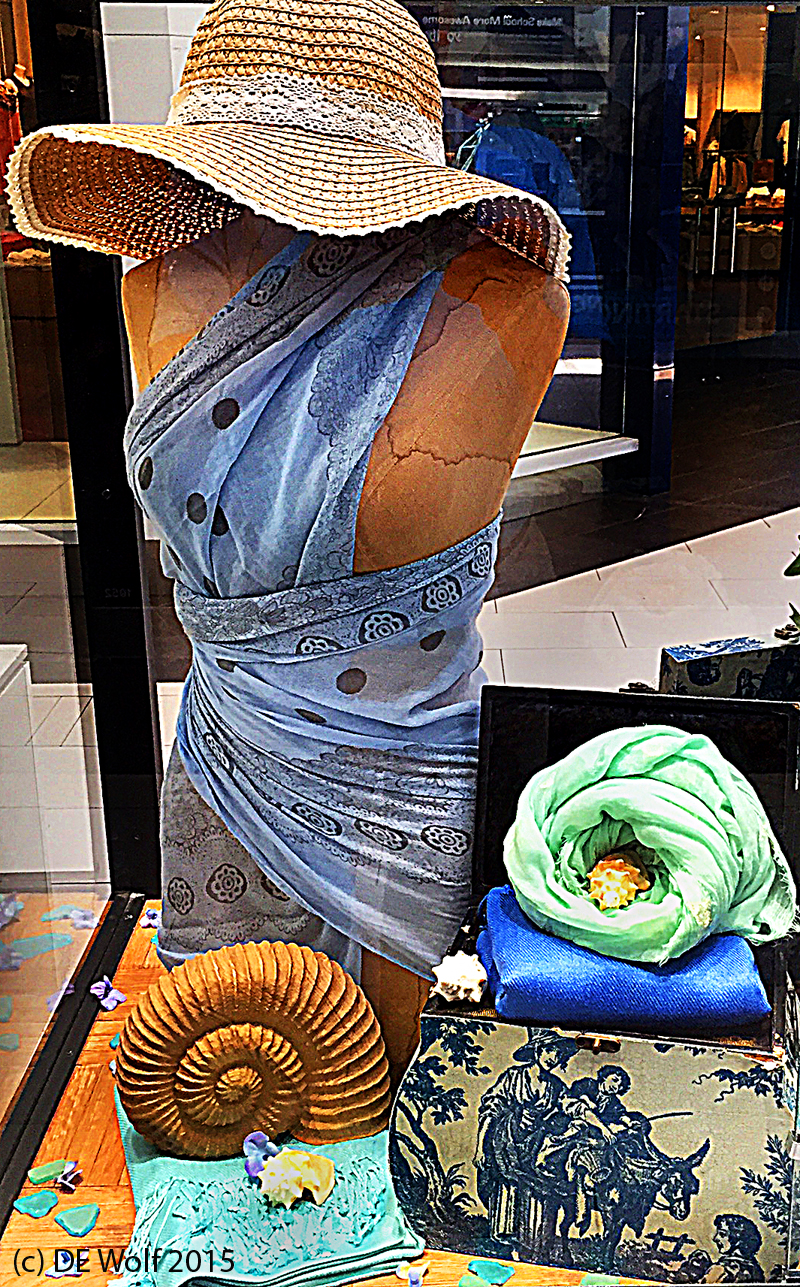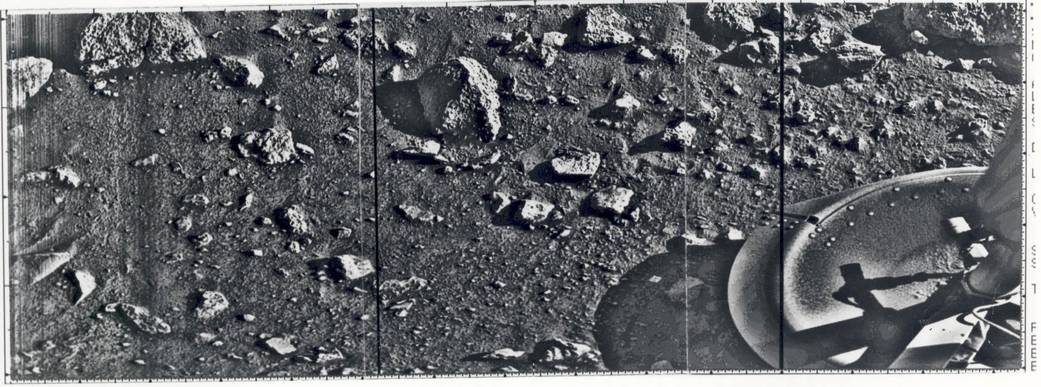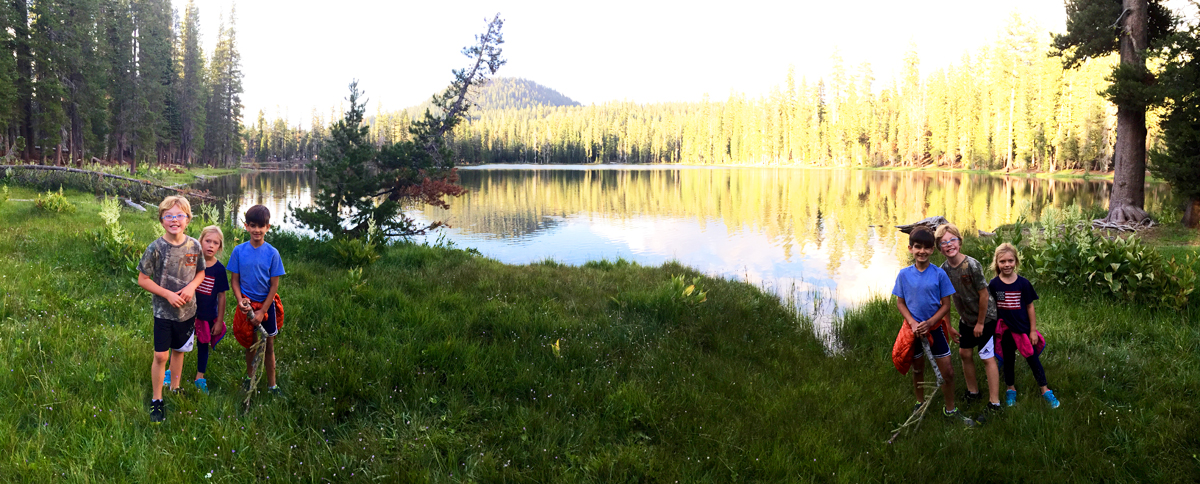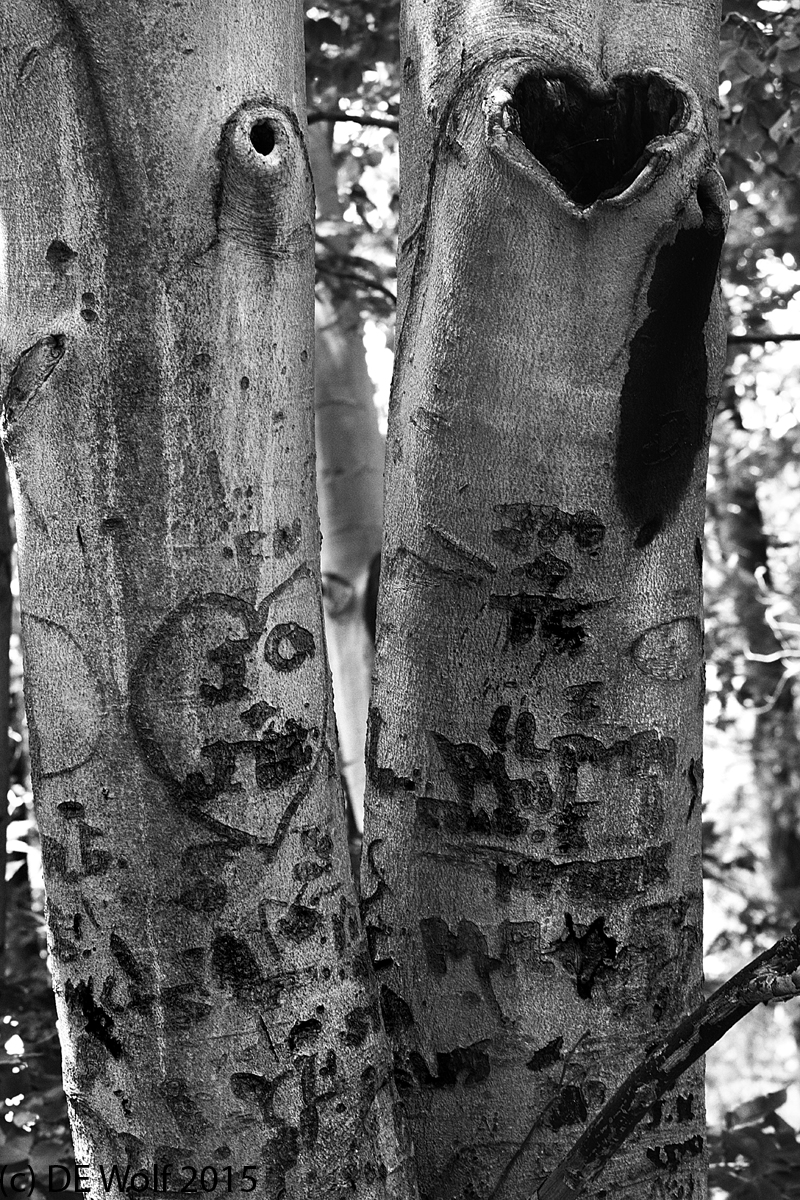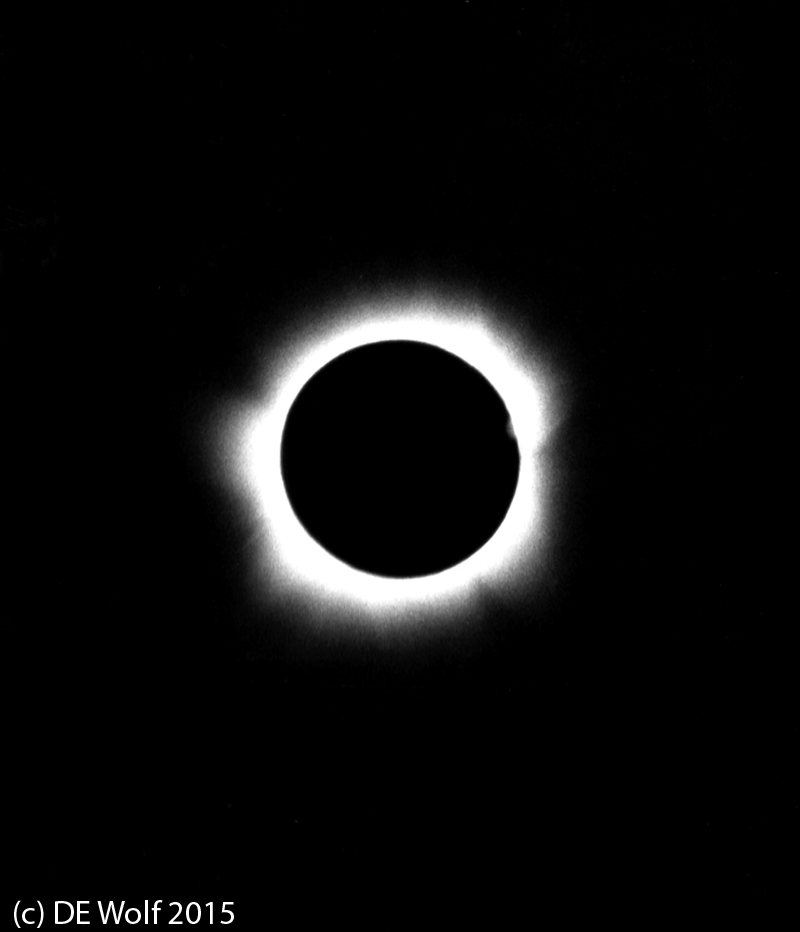
Figure 1 – Solar Eclipse totality March 7, 1970, Virginia Beach, VA. (c) DE Wolf 2015.
Our discussion yesterday about the Mariner IV journey to Mars, in July 1965, led my mind back to the troublesome sixties. During the summers of 1960 – 1963 the impotence of childhood forced me to endure “dreaded summer camp.” It was not that there is anything wrong with cool lakes and beautiful mountains, it was just that “camp” in those days meant one thing, sports. We have since become more enlightened. And while I was not particularly bad a sports, I had no interest in them. I was already a budding scientist. Anyway, I so dreaded “camp” each year that when I got there I would immediately start counting down the days to that merciful day in August when it would be over. Not important, in 1964, I entered the very special world of New York’s Stuyvesant High School – for science brains like me – and the world became very different. The rest, as they say is history.
My point in telling this is that for years later I would have recurrent nightmares that I was back in “camp” and trapped for another summer. This was until one night, maybe fifteen years later, when I realized in my dream that I was an adult and if I didn’t like it I could just leave. I was in control. I’ve never had that dream since. And it is an important lesson, because I believe that much of the conflicts in life relate to the fundamental issue of control. Teenage rebellion is about expressing control. Raising children is about keeping your child safe but at the same time slowly allowing them independence. I think that this issue of control extends to religions, social groups, and even nations. It is a fundamental element of human conflict.
But back to July 1963. I had contracted the mumps and was in quarantine. There was to be a solar eclipse, but our camp was sequestering all the campers in the rec hall to watch a movie and protect their eyes from the sun. These people were idiots! My father rescued me and on July 20 1963, fifty-two years ago today I saw my first partial eclipse of the sun.
Fast forward seven years to March 7, 1970. A lot changes in seven years and you gain some amount of control. My friend Ed Grupsmith, my sister, her friend Caroline, and I went to Virginia Beach to see and photograph a total solar eclipse. Ed and I had our equipment and the whole thing worked out and practiced in detail. We had concocted a clever scheme of using direct positive copy film for black and white. If I remember correctly I shot black and white. Ed shot color.
It may sound strange and geeky, but seeing a total eclipse is life changing. The sun slowly became occluded. We captured the beauty of Baily’s beads, when the rough landscape of the moon causes glorious bright beads to ring the sun. And then suddenly alternating bands of light and dark traversed the beach. These are called shadow bands. The wind picked up, there was darkness, and the stars came out. All the startled seabirds began to squawk at the unexpected night. We could see the fiery trail of a rock launched from near-by Wallop’s Island NASA Launch Facility to photograph the eclipse from high altitude.
And as for the eclipse itself, Figure 1 shows a photograph that I took of totality on that day. It is like so many images of eclipses through the years. These inevitably fail to capture the intrinsic wonder. There is a marvelous three dimensionality to the actual event. The magnet field lines of the Sun pierce the nebulous solar corona. You feel the fear of primitive people and you feel the power of modern understanding. Like I said, it is a life changing experience.
